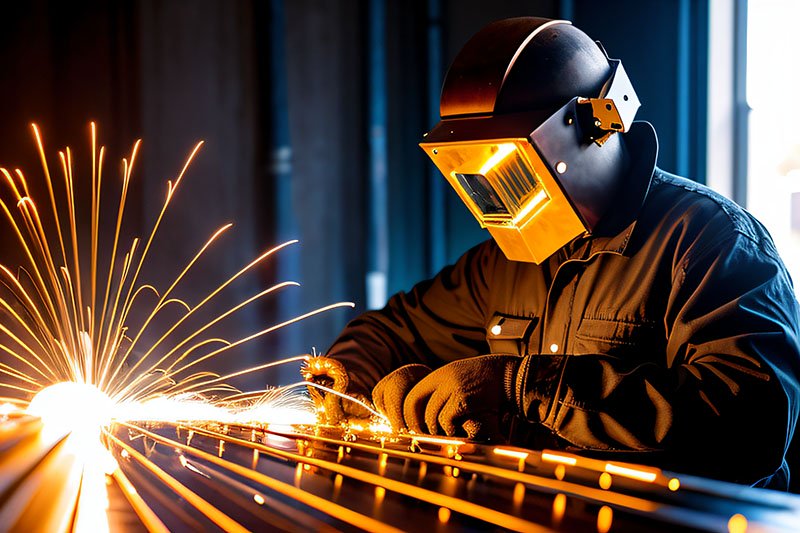The 3 main resistance welding processes are projection, spot and seam. These are rapid techniques used to form welds between 2 sheets of metal. Spot and projection welding are used for assembly operations, and seam welding is used to produce a series of overlapping weld nuggets to form a hermetic seal.

Applications are widespread, including the automotive, furniture, appliance and consumer electronic industries. These processes are used for prototypes as well as mass production. Spot and projection welded products include car chassis and body work, appliance housing. Seam welding is used on products such as radiators, gas and water tanks, cans and fuel tanks.
In projection welding, the weld zone is localized. This can be done in 2 ways: either projections are embossed onto 1 side of the joint, or a metal insert is used.
Spot welding is the most versatile of the resistance welding processes. The weld zone is concentrated between 2 electrodes that are clamped onto the surface of the metal joint. Very high voltage plasticizes the metal and pressure is applied, forcing it to coalesce and subsequently form a weld nugget. Because the weld is concentrated between the electrodes only 1 weld can be produced with each operation, Multiple welds are produce in sequence.
Seam welding is a continuous process in which the the welding occurs between rolling electrodes. It is possible to form hermetic joints in sheet metal using this technique.
Weld quality is consistently high. Joints have high shear strength, but peel strength can be limited with small and localized weld nuggets.
Contact us to get started with a free project review and quote to learn more about our services.